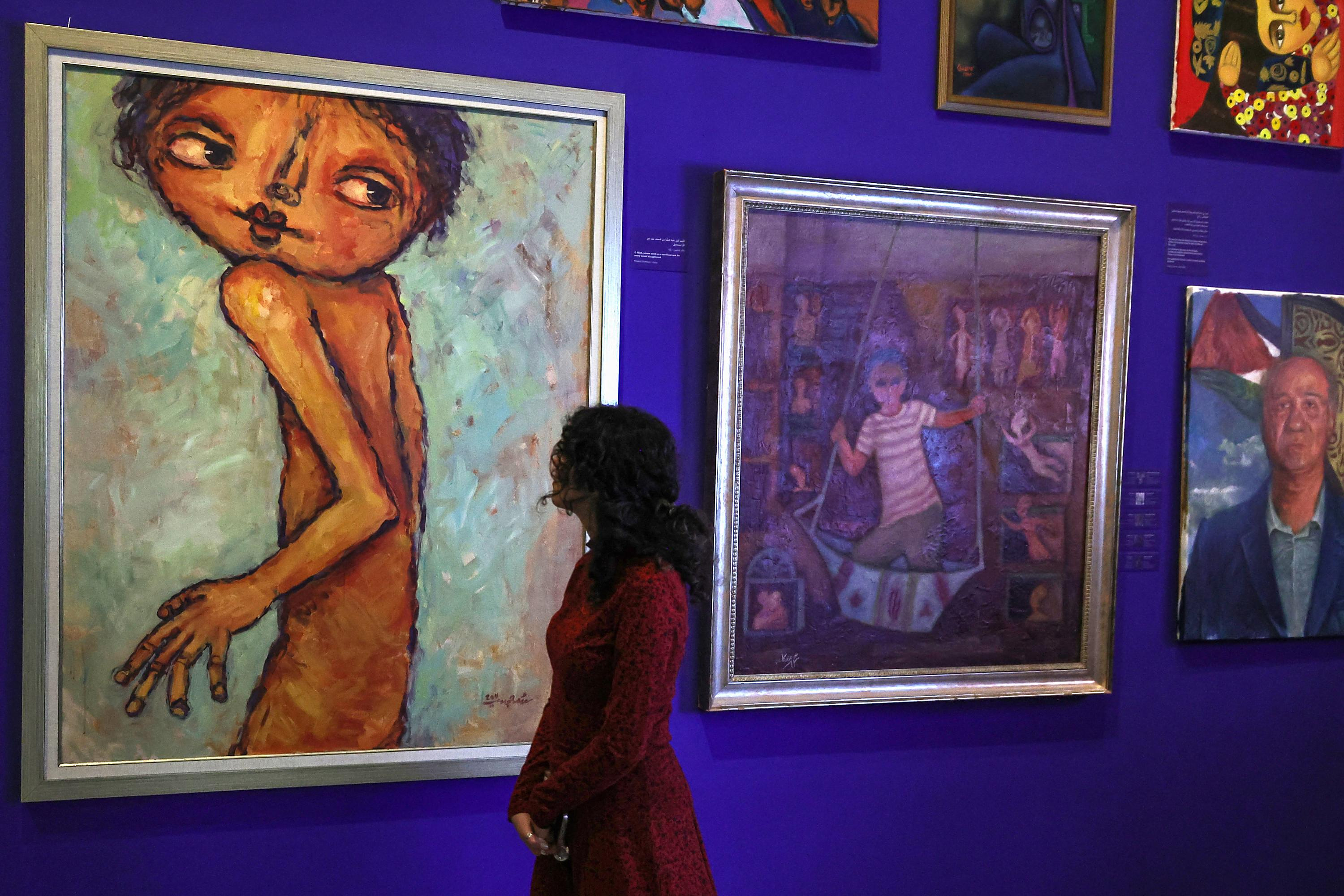In the town of Bir Zeit, in the occupied West Bank, a museum presents an exhibition bringing together works of art and artifacts from the Gaza Strip, thus offering an alternative space in solidarity with the territory scarred by the war between Israel and Hamas, where cultural sites were devastated.
Objective: “to preserve the Palestinian heritage which was destroyed by the war in Gaza”, explained to AFP Ehab Bessaiso, former Palestinian Minister of Culture and one of the managers of the Bir Zeit museum (center).
Also read Mosques, churches, museums... The cultural heritage of Gaza ravaged by the Israeli-Palestinian conflict
The war in Gaza was provoked by an unprecedented attack carried out in Israel on October 7 by the Palestinian Islamist movement Hamas from Gaza, which resulted in the death of more than 1,160 people, mostly civilians, according to an AFP count. based on official Israeli data.
In retaliation, Israel has vowed to annihilate Hamas, in power in Gaza since 2007, and is carrying out a military offensive which has left nearly 29,700 dead in the Palestinian territory, the vast majority civilians, according to the Hamas Health Ministry. .
The conflict also caused irreparable cultural damage, inspiring a solidarity movement in the West Bank. “We were surprised when the works of hundreds of artists came to us from universities and cultural centers and from Palestinian individuals in the West Bank,” Mr. Bessaiso said.
The exhibition aims to be “an alternative space to the one that existed in Gaza before the fires of the war destroyed it,” the museum administration said. It presents paintings, traditional costumes, archaeological objects and offers “a way to address the challenges and difficulties that artists and culture face in Gaza in a context of destruction and siege,” continued Ehab Bessaiso. According to the Palestinian Ministry of Culture, 24 cultural centers were damaged or completely destroyed by the war.
Sites such as the Al-Qarara museum, which was surrounded by 5,000-year-old Roman columns, and an ancient Phoenician port were destroyed, as well as the Arab Orthodox cultural and social center and that of Rashad Shawa, which notably included a theater and a library.
The exhibition is “a journey through Palestinian art from Gaza, particularly after the assassination of dozens of artists, writers, poets and journalists,” added Mr. Bessaiso, stressing that “this journey affirmed the unity of the Palestinian people that the (Israeli) occupation is trying to destroy.” The West Bank is territory occupied by Israel since 1967. Three million Palestinians live there and around 490,000 Israelis live in settlements considered by the UN to be illegal under international law.
The exhibition also depicts the devastation caused by the war between Israel and Hamas in Gaza. In the main room, rubble symbolizing destruction, sound effects from Israeli surveillance drones and videos of ambulances transporting the wounded, immerse visitors in the reality of Gazans. The names of 115 artists are listed at the entrance to the exhibition, some of whom were killed during the war.
“The exhibition is a reminder of the solidarity between the West Bank and Gaza,” Mohammed al-Houwajia, an artist from Rafah, a town in the southern Gaza Strip, told AFP in a video call. Nearby, a series of paintings by Tayseer Barakat, born in the Jabaliya camp in Gaza (north) but living in the West Bank since 1984, is on display. Some carry written messages about the war.
“How do you lose 7,000 children? By raining bombs on them one after the other, then preventing them from being pulled out of the rubble,” one of them read. “How do you lose a population of two and a half million people? By cutting them off from communications, electricity, water and life,” said another.
The painter explained to AFP that this series is “a message and an expression of what I saw and heard about the senseless war that our people are suffering in Gaza.”

 Russia: schools will train children to use drones at the start of the school year
Russia: schools will train children to use drones at the start of the school year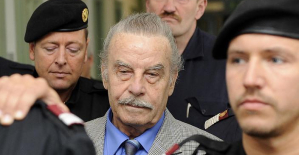 Austria: incestuous torturer Josef Fritzl, nicknamed the “national monster”, could soon be released
Austria: incestuous torturer Josef Fritzl, nicknamed the “national monster”, could soon be released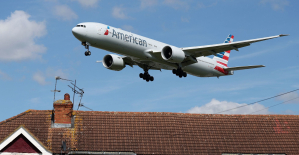 An airline continues to treat a centenarian as a one-year-old baby
An airline continues to treat a centenarian as a one-year-old baby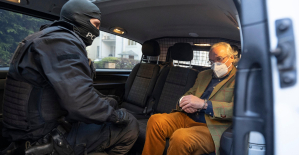 Germany: the trial of nine “Citizens of the Reich” conspirators begins this Monday
Germany: the trial of nine “Citizens of the Reich” conspirators begins this Monday Sánchez cancels his agenda and considers resigning: "I need to stop and reflect"
Sánchez cancels his agenda and considers resigning: "I need to stop and reflect" The Federal Committee of the PSOE interrupts the event to take to the streets with the militants
The Federal Committee of the PSOE interrupts the event to take to the streets with the militants Repsol: "We want to lead generative AI to guarantee its benefits and avoid risks"
Repsol: "We want to lead generative AI to guarantee its benefits and avoid risks" Osteoarthritis: an innovation to improve its management
Osteoarthritis: an innovation to improve its management Sanofi: demonstration in front of Paris headquarters against job cuts
Sanofi: demonstration in front of Paris headquarters against job cuts The Chinese car manufacturer BYD sets out to conquer France
The Chinese car manufacturer BYD sets out to conquer France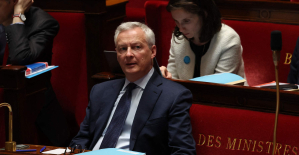 Public finances: after the deputies, Bruno Le Maire asks the senators for savings avenues
Public finances: after the deputies, Bruno Le Maire asks the senators for savings avenues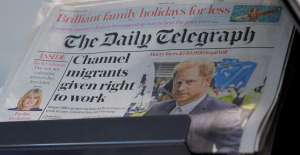 Faced with opposition from London, a fund supported by Abu Dhabi abandons the purchase of the Daily Telegraph
Faced with opposition from London, a fund supported by Abu Dhabi abandons the purchase of the Daily Telegraph Omar Sy on all cultural fronts
Omar Sy on all cultural fronts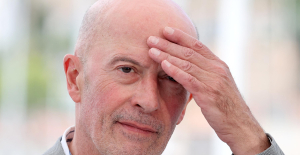 Jacques Audiard, Swann Arlaud, Benjamin Stora... A hundred men from cinema, theater and books in support of
Jacques Audiard, Swann Arlaud, Benjamin Stora... A hundred men from cinema, theater and books in support of Resale, scams and fake tickets: how not to get scammed before Taylor Swift concerts
Resale, scams and fake tickets: how not to get scammed before Taylor Swift concerts Isild Le Besco is not ready to file a complaint against Benoît Jacquot
Isild Le Besco is not ready to file a complaint against Benoît Jacquot Omoda 7, another Chinese car that could be manufactured in Spain
Omoda 7, another Chinese car that could be manufactured in Spain BYD chooses CA Auto Bank as financial partner in Spain
BYD chooses CA Auto Bank as financial partner in Spain Tesla and Baidu sign key agreement to boost development of autonomous driving
Tesla and Baidu sign key agreement to boost development of autonomous driving Skoda Kodiaq 2024: a 'beast' plug-in hybrid SUV
Skoda Kodiaq 2024: a 'beast' plug-in hybrid SUV The home mortgage firm rises 3.8% in February and the average interest moderates to 3.33%
The home mortgage firm rises 3.8% in February and the average interest moderates to 3.33% This is how housing prices have changed in Spain in the last decade
This is how housing prices have changed in Spain in the last decade The home mortgage firm drops 10% in January and interest soars to 3.46%
The home mortgage firm drops 10% in January and interest soars to 3.46% The jewel of the Rocío de Nagüeles urbanization: a dream villa in Marbella
The jewel of the Rocío de Nagüeles urbanization: a dream villa in Marbella Europeans: a senior official on the National Rally list
Europeans: a senior official on the National Rally list Blockade of Sciences Po: the right denounces a “drift”, the government charges the rebels
Blockade of Sciences Po: the right denounces a “drift”, the government charges the rebels Even on a mission for NATO, the Charles-de-Gaulle remains under French control, Lecornu responds to Mélenchon
Even on a mission for NATO, the Charles-de-Gaulle remains under French control, Lecornu responds to Mélenchon “Deadly Europe”, “economic decline”, immigration… What to remember from Emmanuel Macron’s speech at the Sorbonne
“Deadly Europe”, “economic decline”, immigration… What to remember from Emmanuel Macron’s speech at the Sorbonne These French cities that will boycott the World Cup in Qatar
These French cities that will boycott the World Cup in Qatar Bayern Munich-Real Madrid: in video, all the goals from the C1 clash
Bayern Munich-Real Madrid: in video, all the goals from the C1 clash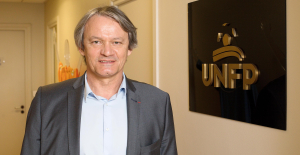 Ligue 1: Zaire-Emery, Yoro, Roy, Griezmann... The others nominated for the UNFP Trophies
Ligue 1: Zaire-Emery, Yoro, Roy, Griezmann... The others nominated for the UNFP Trophies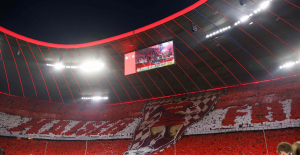 Bayern Munich-Real Madrid: in video, the magnificent tifo in tribute to Franz Beckenbauer
Bayern Munich-Real Madrid: in video, the magnificent tifo in tribute to Franz Beckenbauer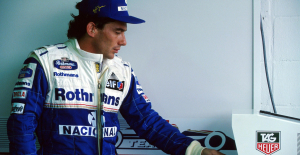 Ayrton Senna: 30 anecdotes that you (perhaps) don't know about the Brazilian who died thirty years ago
Ayrton Senna: 30 anecdotes that you (perhaps) don't know about the Brazilian who died thirty years ago